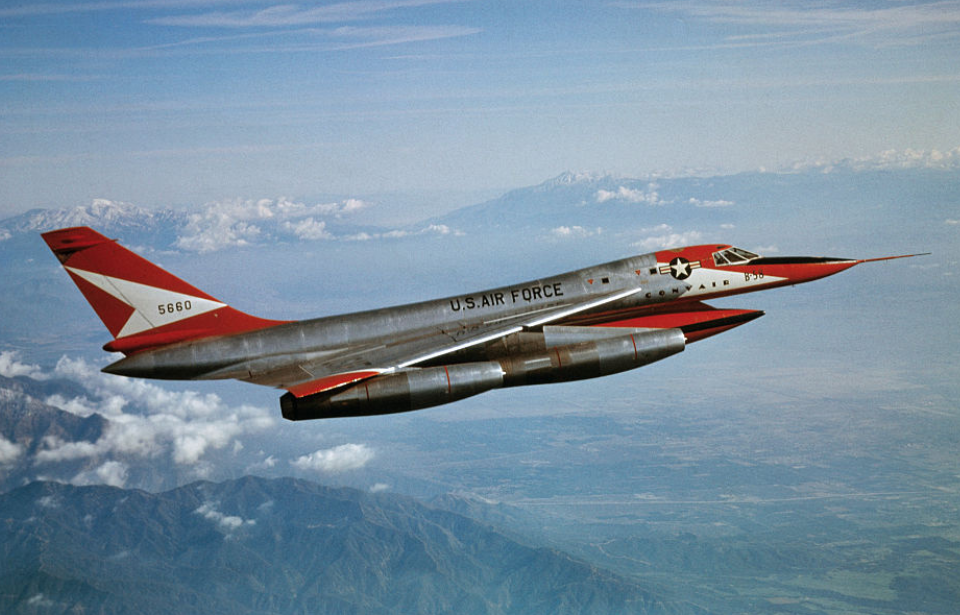When it comes to awards and accolades, the Convair B-58 Hustler is truly unrivaled. The first bomber to ever reach Mach 2, its speed is what set the B-58 apart from the rest – but this also came with its own consequences. The aircraft was constructed with top-of-the-line technology and piloted by the best the US Air Force had to offer, but it was also equipped with a fatal flaw.
Development of the first supersonic bomber
In 1946, the US Army Air Corps launched its first investigation into developing a supersonic bomber. Known as the Generalized Bomber Study (GEBO I), the country’s three leading aerospace companies – Boeing, Convair and North American – raced to see who could design the service’s next strategic bomber.
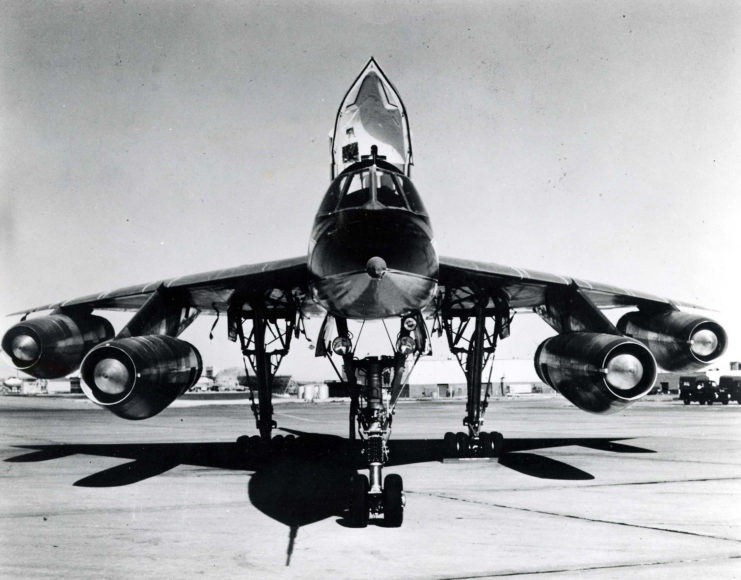
By 1949, another study was commissioned, the GEBO II, which included input from the aforementioned three companies, as well as Douglas, Curtiss and Martin. Each submitted a proposed design, with Convair’s delta wing configuration ultimately chosen as the superior model.
In December 1952, the US Air Force issued a contract with Convair to continue developing what became the B-58 Hustler, with the initial test flight occurring on November 11, 1956. It was a success, and the bomber was officially introduced into service in March 1960, although it wasn’t ready to stand alert until 1962. In total, 116 B-58s were produced – 30 for training and 86 for service.
The Convair B-58 Hustler was small, but mighty
The Convair B-58 Hustler had a maximum speed of 1,325 MPH, with a service ceiling of 64,800 feet and a range of 4,400 miles. The bomber was outfitted with four General Electric J79-5A turbojet engines, each capable of producing 15,000 pounds of dry thrust.
Since the fuselage of the aircraft was relatively small and thin, the droppable pod underneath was fitted with a nuclear weapon and extra fuel. At 95 feet long and 57 feet wide, the B-58 was much smaller than other bombers of the time, and it could be armed with either a single nine-megaton B53 nuclear bomb, or four B43 or B61 bombs.
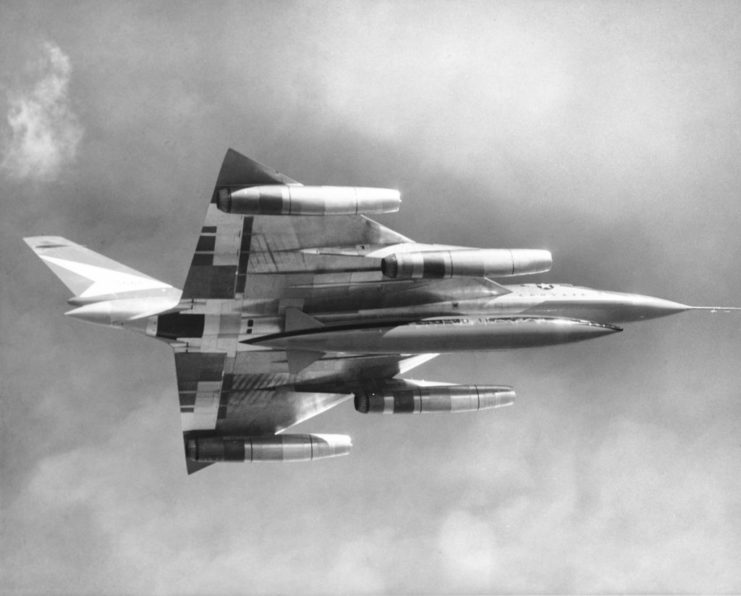
The B-58 also set 19 world speed and altitude records and won five aviation trophies. However, this success came at a cost. By 1961, the program had cost $3 billion dollars (roughly $30 billion today). As well, maintenance costs were exceptionally high. For example, the average maintenance cost per flying hour for the Boeing B-47 Stratojet was $361, while it was $1,440 per hour for the B-58.
Until its retirement in 1970, the B-58 was operated by two Strategic Air Command (SAC) bomb wings: the 43rd Bombardment Wing and the 305th Bombardment Wing.
The Convair B-58 Hustler’s unconventional configuration
One of the most unique aspects of the Convair B-58 Hustler was its crew configuration. Comprised of a pilot, navigator and defense systems operator, the three-person crew was each housed in their own tandem cockpit. Apparently, they had no physical contact with each other and had to resort to passing notes along a string and pulley system inside the cabin.
The defense systems operator had a wide range of complex systems available in their own cockpit, making the B-58 one of the most difficult aircraft to operate at the time.
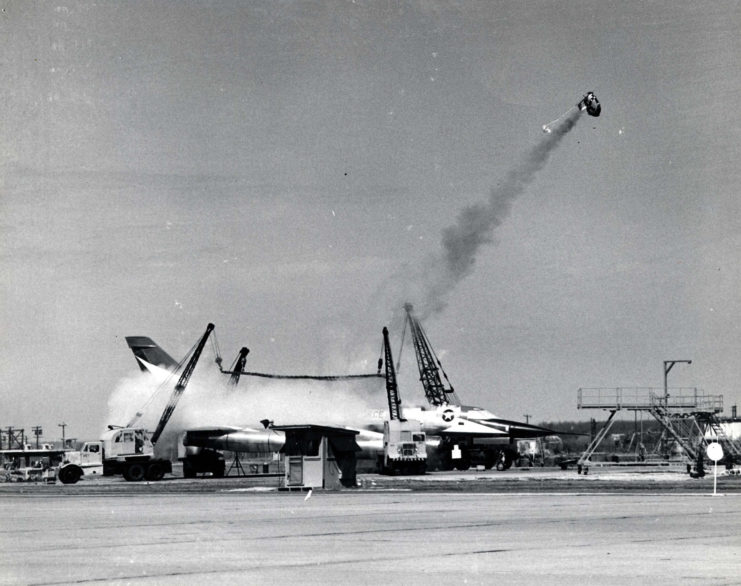
Another distinct feature of the B-58 was its ejection seats. Called an “ejection capsule,” the crew members each had a protective clamshell that enclosed the seat and control stick, along with an attached oxygen cylinder. This allowed the pilot to fly right up until the very last second before ejecting. Once ejected, the crew could pop open the clamshell exterior and use it as a life raft.
The ejection seats were originally tested on bears and chimpanzees. During a test in 1963, a bear became the first living creature to survive an ejection at supersonic speed.
The bomber’s fatal flaw
The Convair B-58 Hustler’s main defense was its speed. At the time, it was believed that, as long as you could fly higher, farther and faster than the enemy, no one would be in harm’s way. According to the overwhelming number of recorded accidents, however, that couldn’t be farther from the truth.
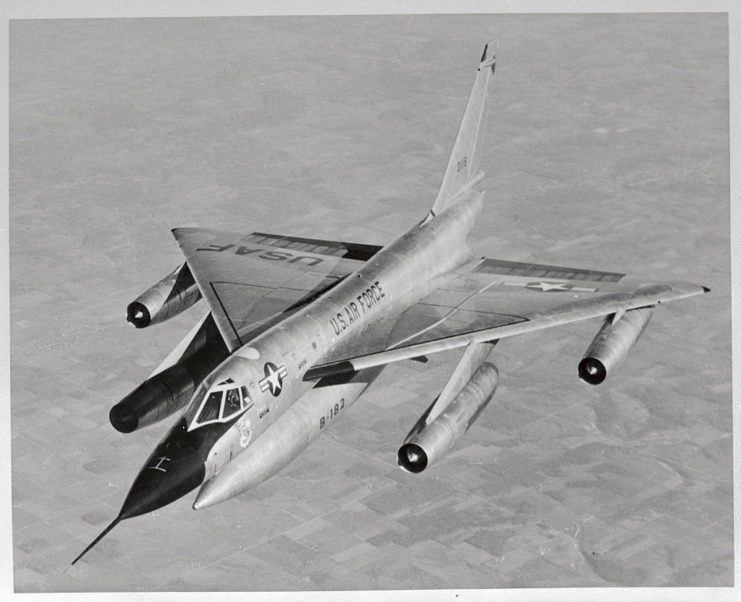
Of the 116 B-58s that were built, 26 of them were lost and 36 crew members were killed. Several major accidents occurred throughout the bomber’s 10 years of service. One happened on October 27, 1959, before the aircraft was introduced into service.
A B-58 was being flown from Texas to Florida by three civilian crew members: pilot Everett Wheeler and two flight engineers, Michael Keller and Harry Blosser. During the fight, the bomber developed a problem, forcing the three to eject. Keller and Wheeler both landed safely, but Blosser’s body was found the next day, still strapped to the ejection seat.
The plane crashed into a field in Mississippi.
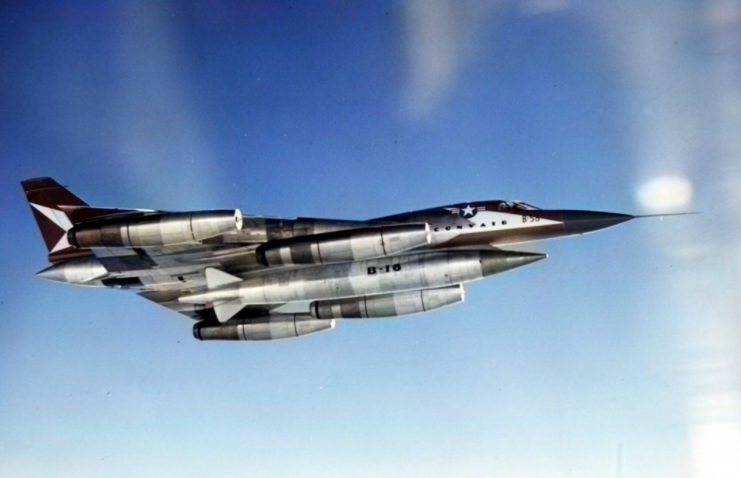
In June 1961, a B-58 crashed during the Paris Airshow, killing all three crew members. The same aircraft had previously accomplished the first supersonic transatlantic crossing, flying from New York to Paris in record time.
Another incident could have ended in nuclear catastrophe, when a B-58 carrying five nuclear weapons slid off the runway at Bunker Hill Air Force Base (now Grissom Air Reserve Base) and burst into flames. The weapons were burned, but contamination was still detected in the area.
The overwhelming number of accidents and fatalities related to the B-58 were likely due to its lighter frame, making it more susceptible to structural failure.
The accomplished Convair B-58 Hustler never saw action
Despite its troubled past, the Convair B-58 Hustler’s legacy continues to influence the development of supersonic aircraft. Some of the many records it holds are still intact today!
Even though it was the most advanced aircraft of its time, the B-58 never saw combat. The Cold War drove demand for bombers capable of penetrating Soviet airspace, with the possibility of launching an attack, but the B-58’s small size meant that, in order to reach the USSR, the aircraft would need an established base in Europe to fly out of or a substantial amount of resources dedicated to aerial refueling.
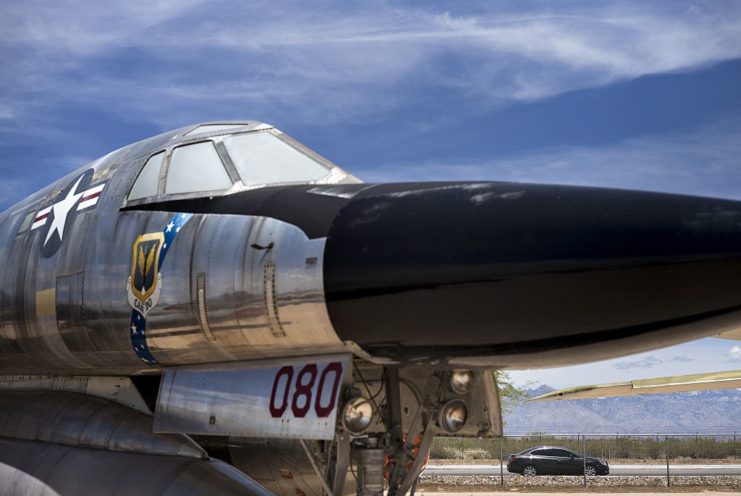
More from us: Men Were Too Scared to Fly B-29 Superfortresses – Until Two Women Did
In 1970, the B-58 was retired and never reconfigured for non-nuclear bombing missions. Of the 116 produced, only eight remain. Ultimately, the B-58’s short range, expensive upkeep and disastrous death count were its downfall. One director at the Strategic Air Command even commented that, so long as the “Soviet Union and not Canada was the enemy, range would matter.”
